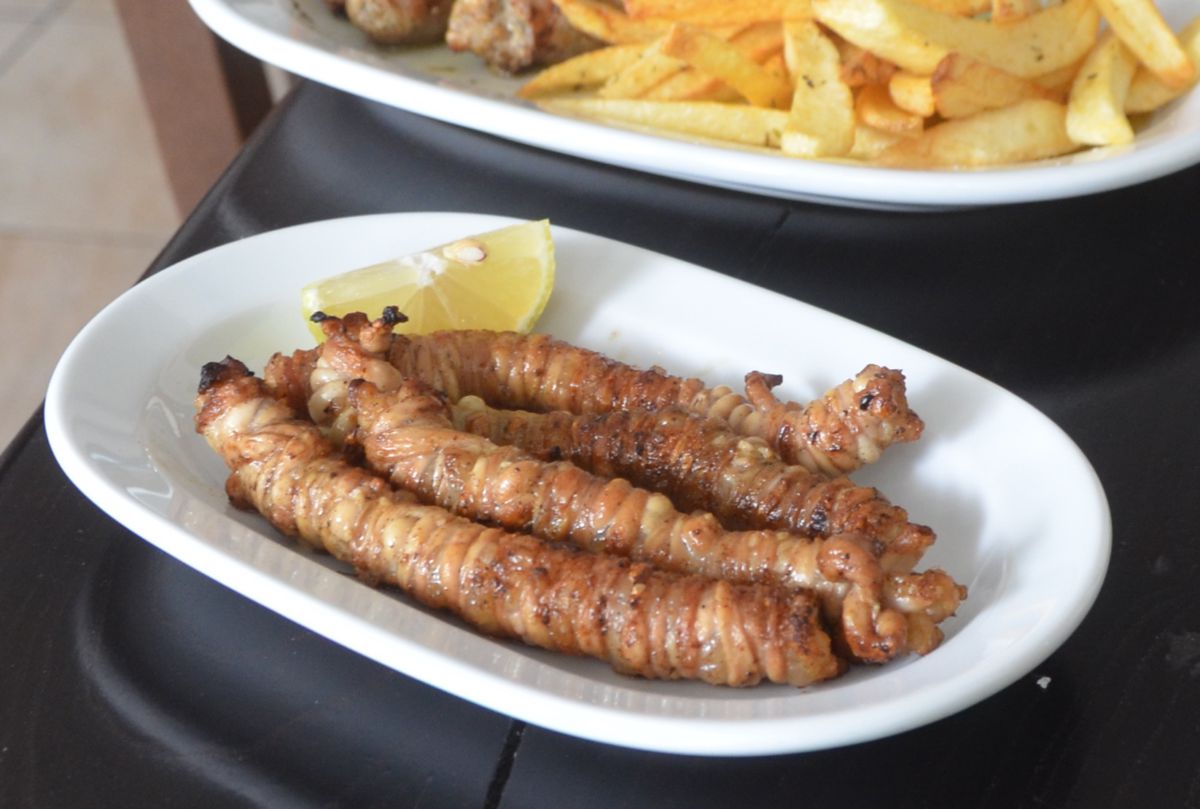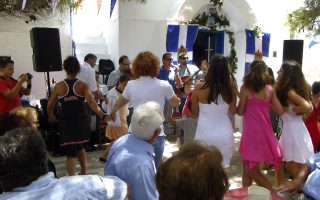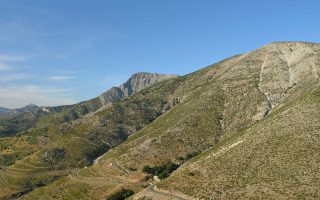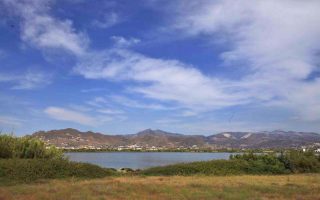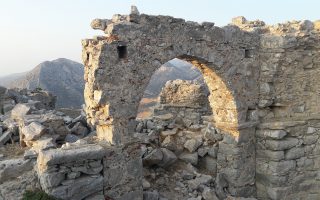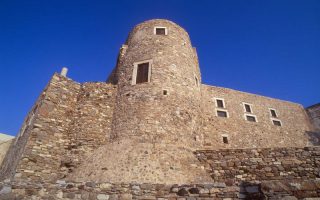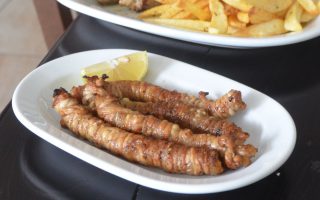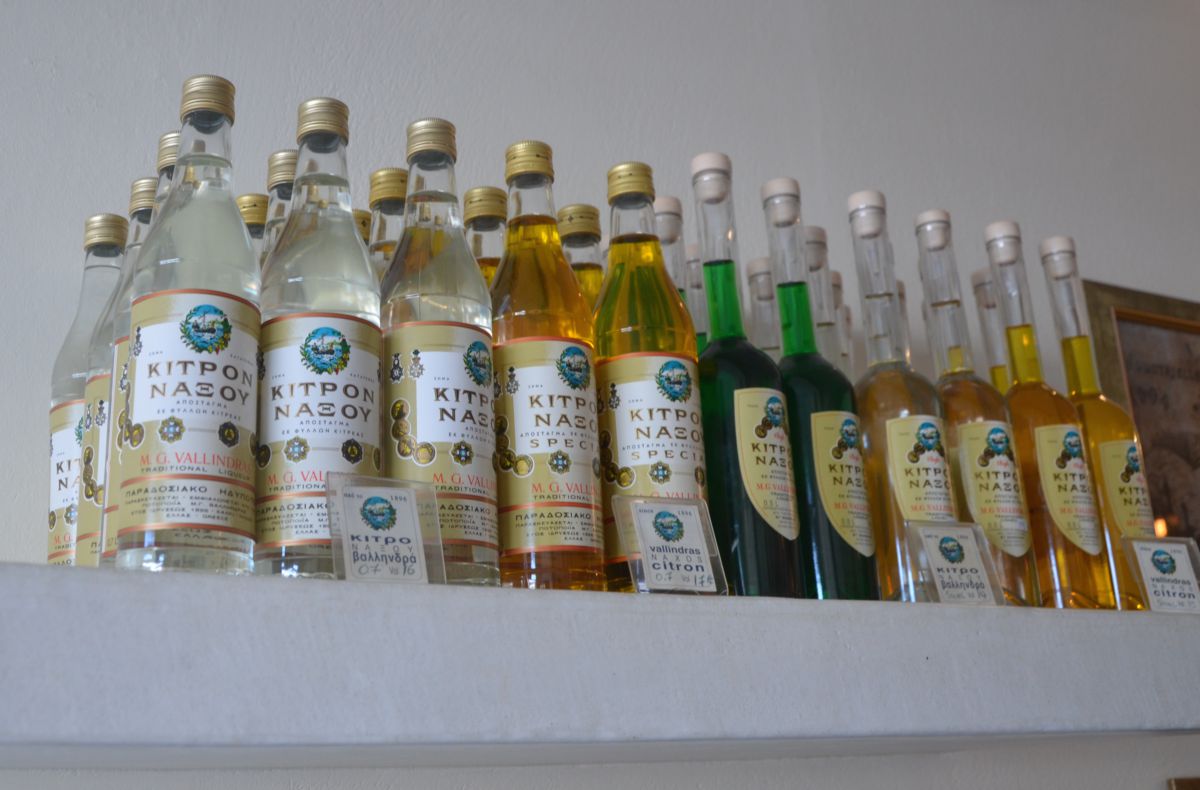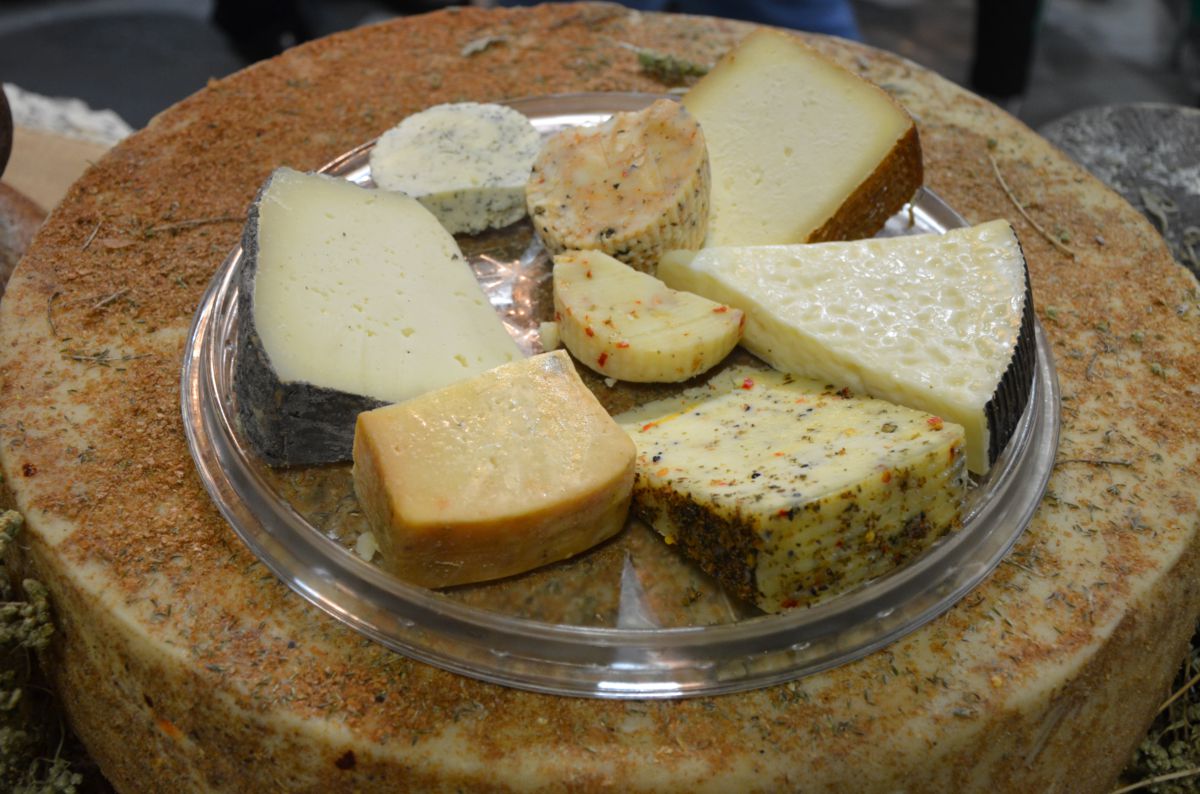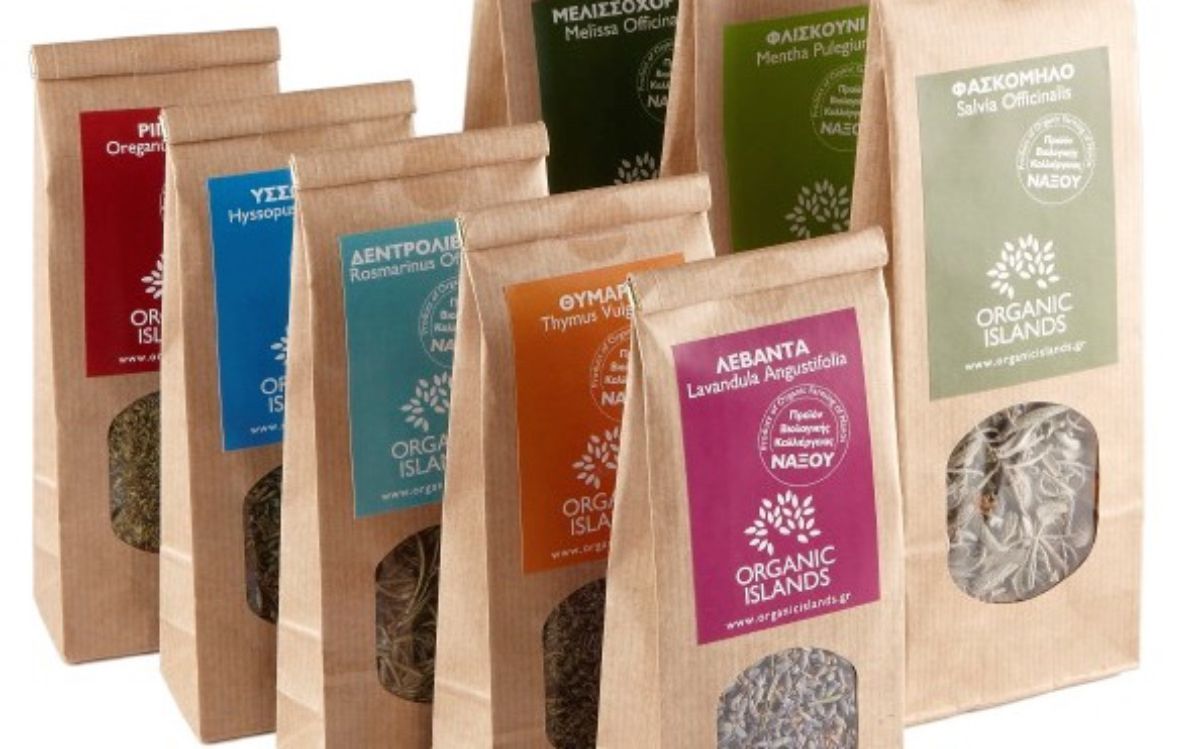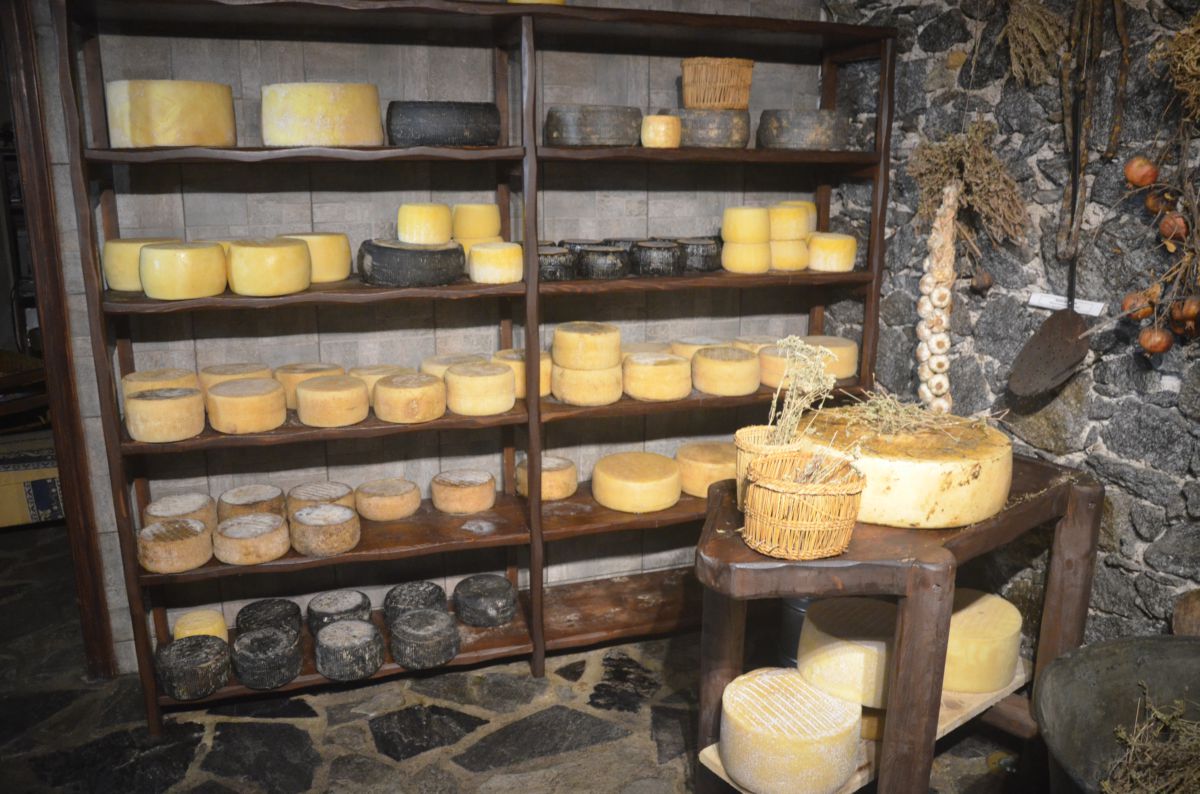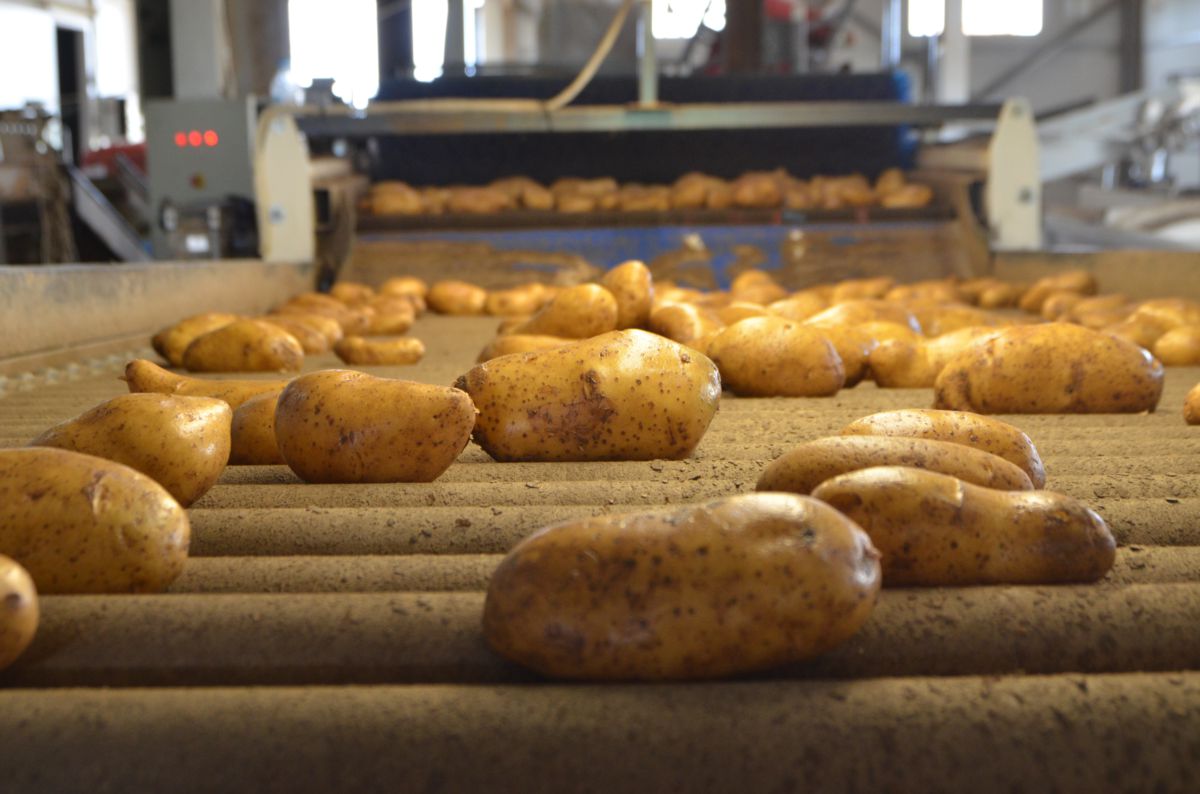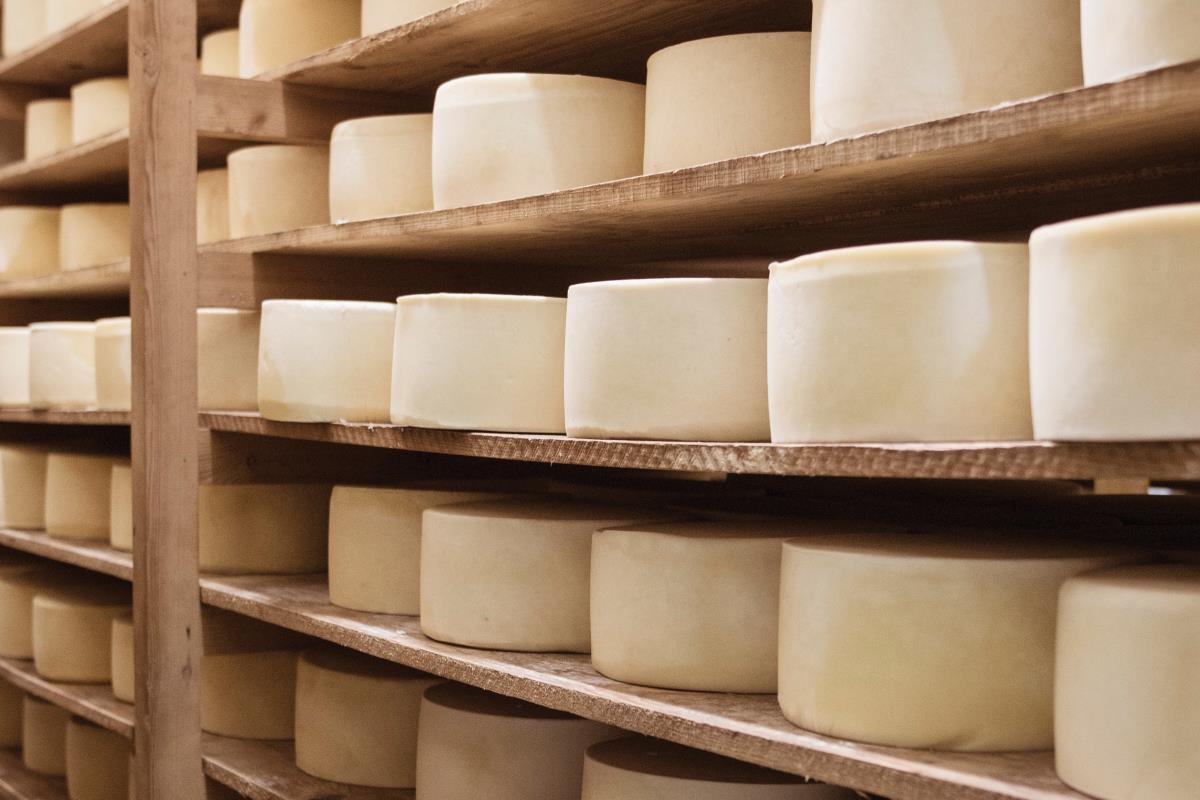Gardoumia is a special meze from lamb intestines that is made on the island of Naxos, just like in Crete; besides, the strong connections between the two islands are well-known. Meze holds a special place in the Greek culinary tradition and could be described as an appetizer, a treat to share with friends in a relaxed environment.
Gardoumia is a popular dish among mountain and pastoral farming/shepherds’ communities where meat eating prevails. Although roasted meat is regarded as the king in their nutrition culture with meat dishes being offered on occasions of both joy and pain, on anniversaries and religious festivals, on weddings and baptisms, intestines and offal are equally coveted and highly regarded dishes.
Intestines and offal make exquisite mezedes (kokoretsi – a rotisserie offal and intestine sausage, frygadelia – liver wrapped in caul fat that is cooked over coals on a skewer, gardoumbes – tiny little intestines) and have been prepared since ancient times throughout the Greek word of that time.
In his work ‘The Knights’ Aristophanes wrote: “Τα έντερα των τετραπόδων χορδάς καλούσι, χορδή γαρ εστί το λεπτόν έντερον, ό ειώθασι πλέκειν οι μάγειροι”, in English “The intestines of the animals with four legs are called stripes, stripes are the thin intestines that cooks used to braid”.
Μore at Greek Gastronomy Guide…
Source: www.greekgastronomyguide.gr
The wood-fired bakery of Velonis in Naxos
Velonis Bakery (O Fournos tou Veloni) in the Chora of Naxos gives a courageous battle against developing trends and is one of those few bakeries left still making bread, delighting locals and travellers with the splendid smell of freshly baked bread spreading all around the neighbourhood.
Wood-fired bakeries are becoming more and more scarce on the islands of the Cyclades.
Little by little, the taste of the fluffy loaf of bread is vanishing.
The people behind bread making, the bakers, are also gradually becoming extinct together with their values and behaviour, synonym of another era.
Daily interaction with customers had forged a true sense of humanitarian behaviour in them and made them wiser.
“The store which has been operating as a bakery since 1922 was sold to my father in 1950 against 15,000 Greek drachmas. Fire was lit with brushwood – everyone was using brushwood at the time – that was then carried into the over to heat the stones. It was in 1955 that my father turned the oven into a wood-lit one. Being a baker is no easy job; bakers turn night into day. Don’t be fooled by what you see now in the summer that the restaurants are open and the tourists are here; in winter, we have difficulty winning our bread”, says kyr Nikos Velonis (kyr, added before the name of an old men, is a way to salute or address him in a respectful way, informal word).
Μore at Greek Gastronomy Guide…
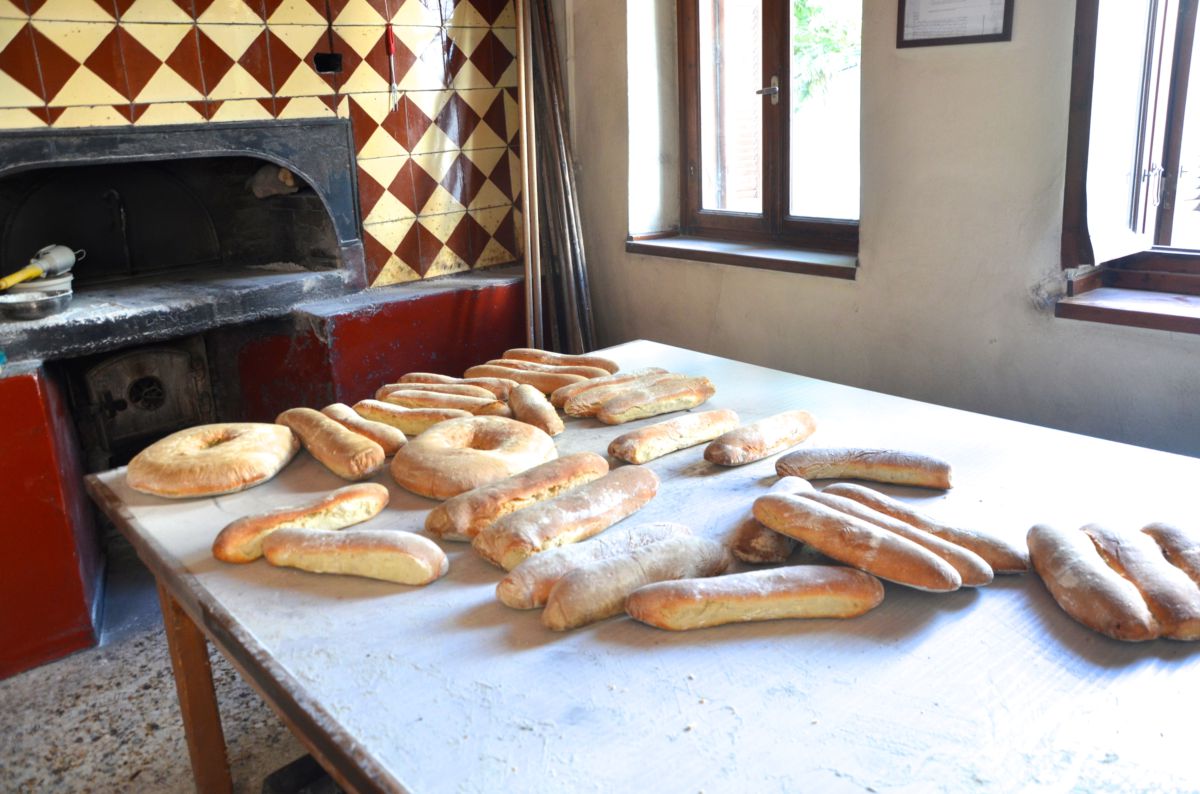
Source: www.greekgastronomyguide.gr
Kitron Naxou is a liqueur obtained by the distillation of pure alcohol in traditional copper stills. The leaves of the citron tree (citrus medica, kitria in Greek), reach in essential oils with a strong aroma, are the raw ingredient used in the distillation process and were originally used by wine growers in the distillation of raki. On the island of Naxos, the cultivation of citron trees dates back to the 17th century. In 1896 in Chalki, a village at the central semi-mountainous part of Naxos, Markos Vallindras founded a distilled spirits plant – distillery, which bears his name until nowadays (“Vallindras Distillery“), that began its first exports in 1928. Citron leaves are collected between October and February and then they are distilled. In Naxos, apart from the liqueur, the citron fruit comes also as a spoon sweet, one of the sweets in the Greek cuisine.
The Kitron Naxou liqueur is available in three versions; the yellow Kitron Naxou liqueur (with 36% alcohol content and no sugar), the white Kitron Naxou liqueur (with 33% alcohol content and low sugar content, Naxiots’ preferred choice) and the green one (with 30% alcohol content and a higher sugar content). Bear in mind that the citron liqueur is considered to favour digestion!
Μore at Greek Gastronomy Guide…

Source: www.greekgastronomyguide.gr
Emmanuel Vas. Koufopoulos
Driven by the long tradition of cheese making in his island and utilizing the technological advances as a stepping stone, Manolis V. Koufopoulos, a cheese maker from Naxos, founded in 1990 his dairy farm in the area of Agios Isidoros, at Galanados village, in Naxos. The Dairy Farm of Em. Koufopoulos “Naxos Cheese-Making Industry”, despite its small-scale production as compared to the one of the Union of Agricultural Cooperatives of Naxos, is famed not only for its excellent graviera cheeses (either fresh or two, three or five year aged), which have nothing to envy from the Italian parmesan cheese, but also for its thorough and continuous experimentations on new and traditional cheeses that have won many distinctions and awards.
Apart from graviera (a cheese made with a combination of cow’s, sheep’s and goat’s milk), arseniko (a cheese made with a combination of sheep’s and goat’s milk), xynomyzithra (a cheese produced from either sheep’s or goat’s whey), xynotyri (it is the same as xynomyzithra except that it is allowed to dry for several weeks until it is hard), myzithra (a whey cheese made with whole milk) and anthotyro (a lightly salted cheese made with fresh whey), the most representative cheeses of Naxos, the Dairy Farm’s product range also includes graviera made from 100% goat milk, ladotyri (cheese preserved in olive oil), stachtotyri (a smoked cheese resembling a lot to the hard, smoked metsovone cheese from Epirus), melanotyri (hard cheese matured in the lees at the bottom of the wine barrel) and the famous krasotyri (a wine-soaked cheese).
Μore at Greek Gastronomy Guide…
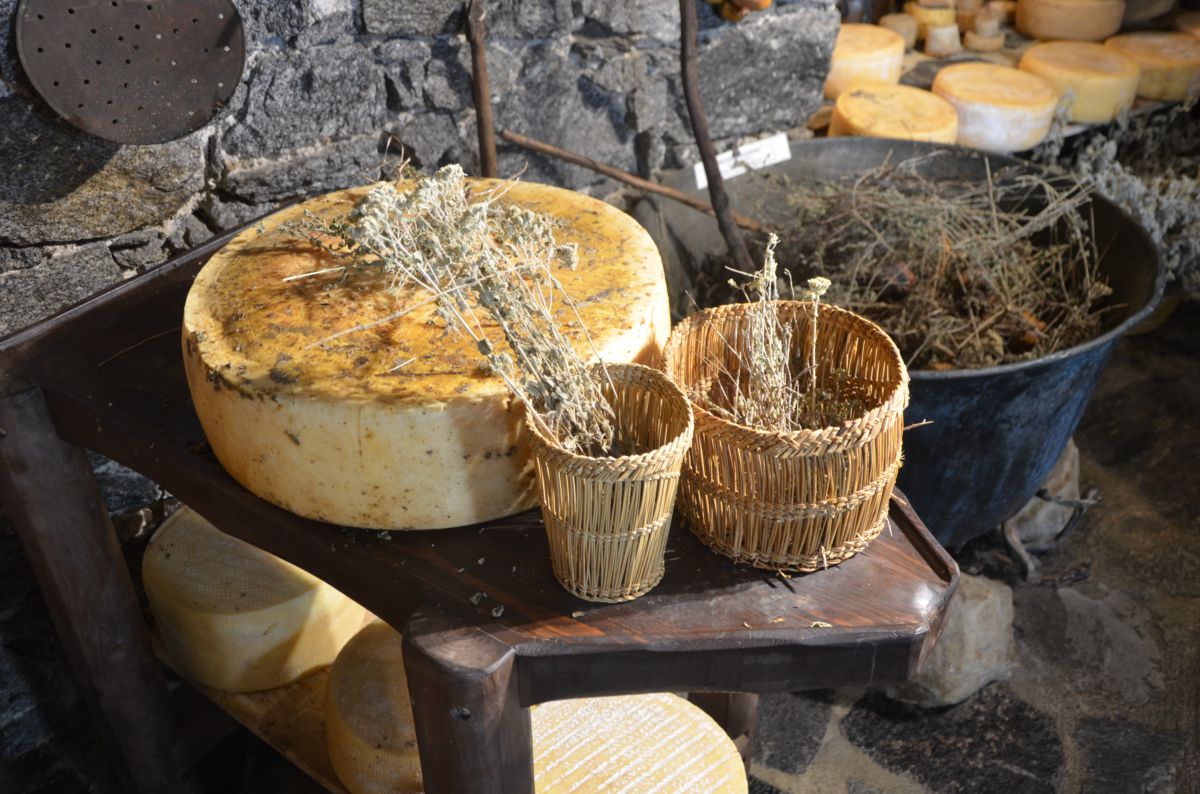
Source: www.greekgastronomyguide.gr
EAS Naxou
The Union of Agricultural Cooperatives of Naxos (EAS Naxou), founded in 1926 and rapidly growing ever since, is the driving force of the agricultural sector of the island and a powerful engine for its economic growth. Currently, the Union of Agricultural Cooperatives of Naxos counts 26 member cooperatives and a total of 3,274 participating members (farmers, stock farmers).
Cheese making constitutes the main field of activity of EAS Naxou. The Union created its first dairy farm in 1961 and a modern dairy and cheese making facility in the area of Glynado in 1985 that rightfully ensured a place for EAS in the competitive cheese market.
Nowadays, EAS produces principally Graviera Naxou (protected under PDO status) and kefalotyri (a very hard, sheep’s- or goat’s milk cheese with a tangy flavour and a sharp aroma) while it absorbs a total of approximately 12,000 tonnes of milk annually, i.e. over 70% of the local milk production, for its dairy products. EAS is an exemplary confederation with a sound budget and no pending fiscal obligations. Currently, it exports more than 60 tonnes of products and has a well-founded ambitious plan to triple them.
Μore at Greek Gastronomy Guide…
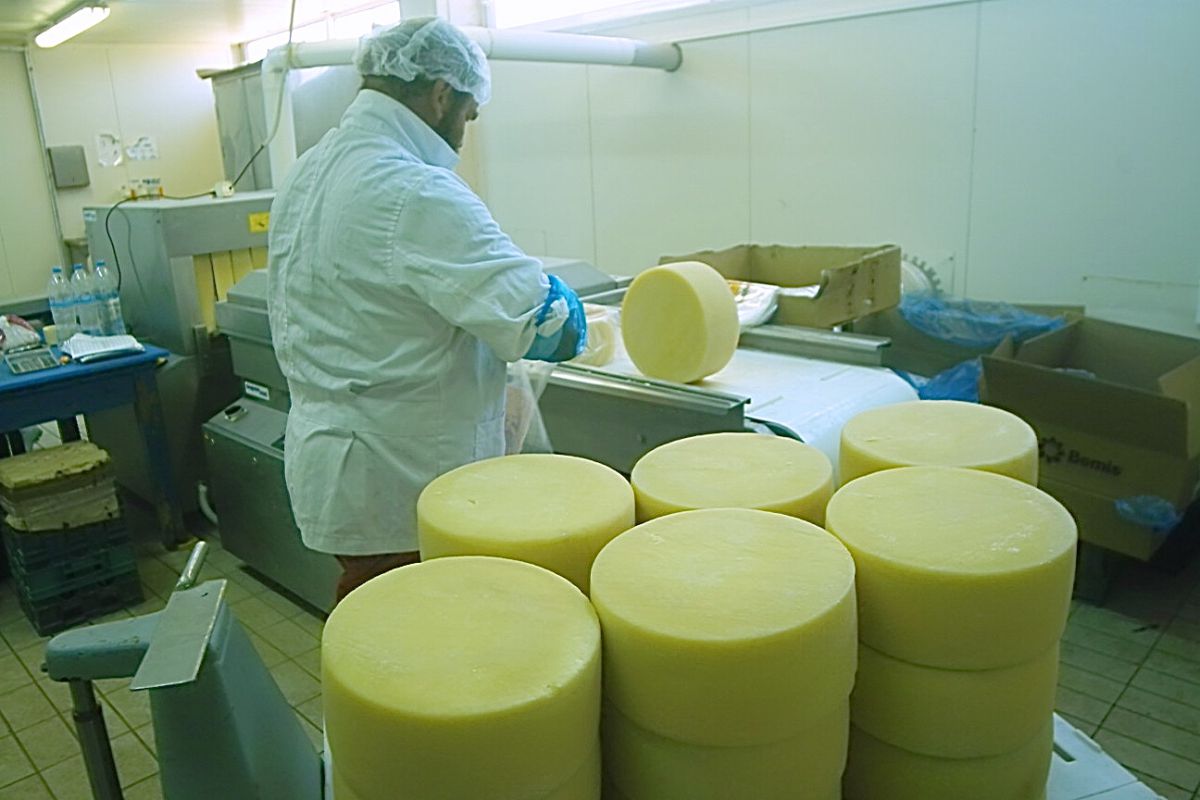
Source: www.greekgastronomyguide.gr
Organic Islands, founded in Naxos in 2010, is a firm that cultivates, processes, packages and sells organic aromatic plants and herbs. Nikos Hatziandreou, founder of the firm, did not decide to leave Athens and seek a better future in the Greek countryside just because of the economic crisis in Greece.
Nikos, holder of a BA in International Policy and Administration and a MA in Diplomatic Studies with a successful carrier in two multinational consulting firms as a high-ranking executive, came to realize at some point that by working 70 hours a week, he was hardly seeing his family and that his life was passing him by. Without giving it a second thought, he decided to take his wife and two kids away from Athens and move to Naxos, the island where his parents come from. In Naxos, he spent two years occupying posts associated with his profession. However, the family fields gave Nikos the right incentive.
After having conducted all necessary theoretical research and on-site visits to cultivations and several packaging plants throughout Greece and abroad, Nikos founded Organic Islands, the first firm in the Cyclades that cultivates certified organic aromatic and medical plants and herbs.
Μore at Greek Gastronomy Guide…

Source: www.greekgastronomyguide.gr
Naxian cheeses
In Greek myth, god Apollo, worshipped with special affection by Naxiots, left on the island of Naxos his son Aristaios, who was an excellent cheese maker, to teach the islanders the art of cheese making.
Although tens of centuries have passed since then, Naxos, being an island blessed with fertile plains, abundant water resources, mountains with rich vegetation and endless grazing lands, is still characterized by a particularly developed livestock sector and produces some of the best-known Greek cheeses.
Together with other islands of the Cyclades, Naxos has a long tradition in cow milk cheeses dating back to the rule of the Venetians and their catholic governors who were the first to introduce such foods and their production method to the islands. In the 16th century, the Cyclades were the only region in Greece where dairy cows roamed on its fields, and thus, the inhabitants of these islands were put early on the right track to master the art of cow milk cheese making.
Nowadays, more than 10,000 cows graze on the land of Naxos while there are more than 100,000 free-ranging sheep and goats mostly on the island’s mountainous part, accounting for an annual production of 1,500 tonnes of cheese.
Μore at Greek Gastronomy Guide…
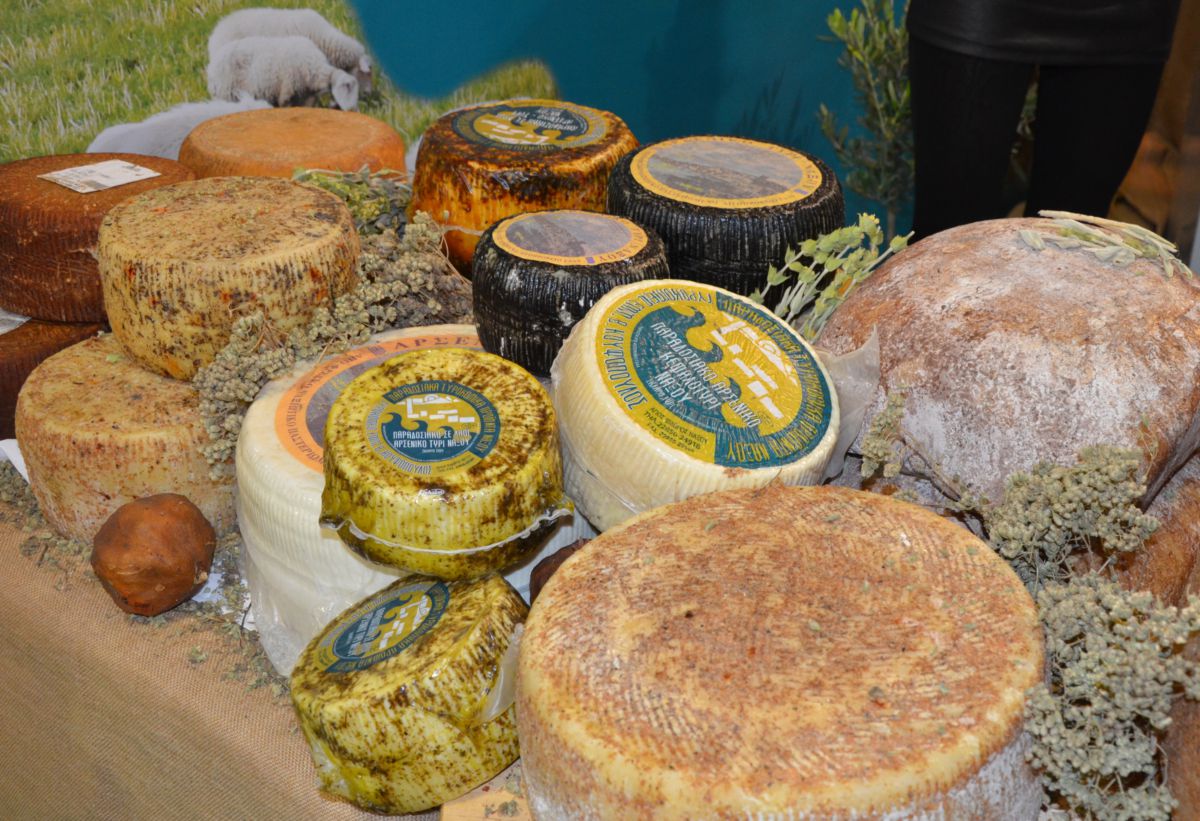
Source: www.greekgastronomyguide.gr
Spanish Conquistadors conquered Peru in the “New” World, discovered the flavours of the potato, and carried them to Europe in the 15th century. From Spain, the cultivation of potatoes gradually spread to the rest of the countries of Europe and potato soon become the last resort of the have-nots in Europe who were unable to make their own bread, the nobles and the ruling class possessing at the time all the fertile and long stretches of land and the strong animals to draw the plough for wheat cultivation. Potato, on the other hand, thriving in any kind of soil (sloping, poor or rocky), could be also grown at home and, thus, became a tasty and nutritious solution for the poverty-stricken rural population.
It is said that potato started being cultivated on the island of Naxos at the end of the 18th century. However, it was only in 1830 that its cultivation expanded throughout the lowland of Naxos and became one of the most significant produce of the island affording financial growth and prosperity to the rural population.
Μore at Greek Gastronomy Guide…
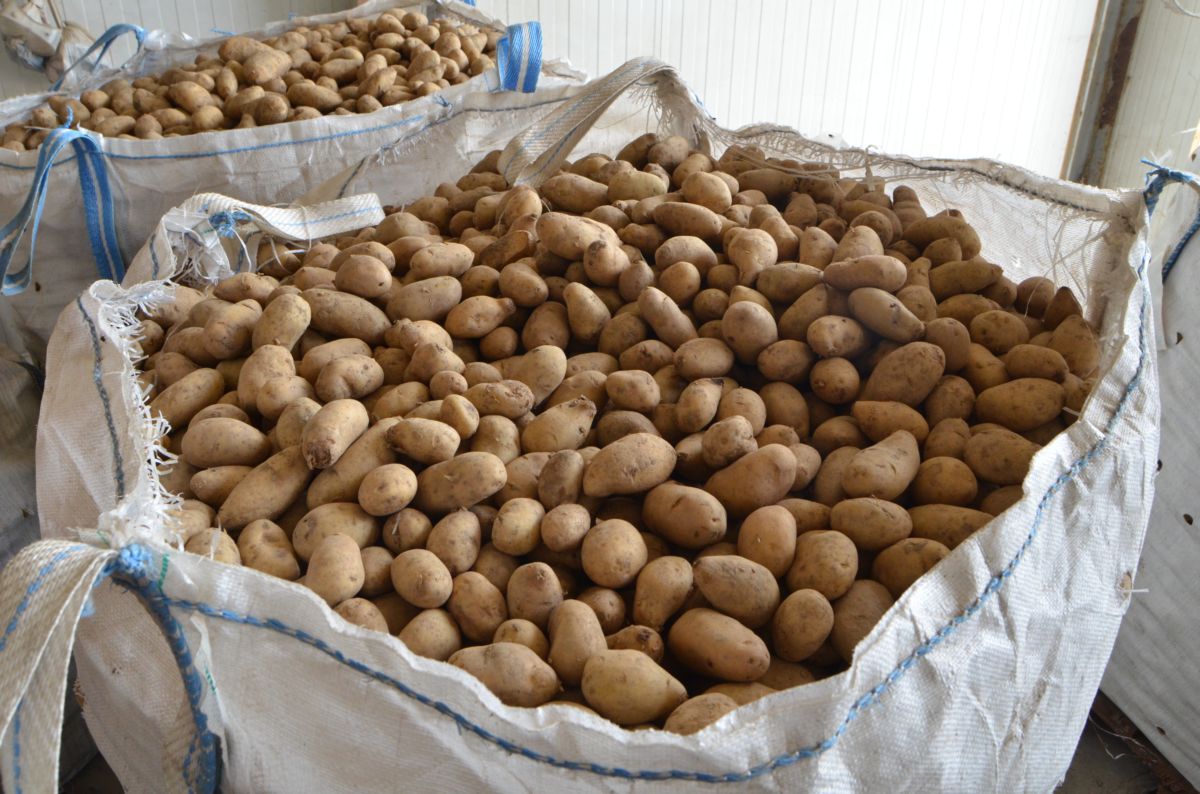
Source: www.greekgastronomyguide.gr
Graviera Naxou, a cheese with a sweet buttery flavour, is one of the best Greek graviera cheeses and is considered to be one of Greece’s most beloved table cheeses. Graviera Naxou means graviera of Naxos. In Greek, the word graviera is a transliteration of the Swiss gruyere. Recently added in the rich tapestry of Greek cheeses, graviera was made for the first time in the 20th century in the region of the Peloponnese and soon became known in the hinterland and in Grete where cheese makers succeeded in producing excellent graviera cheese from sheep’s milk.
However, the Cyclades (mostly Naxos, followed by the islands of Tinos and Paros) hold the distinction of being the only place in Greece where graviera cheese is produced exclusively with cow’s milk.
The graviera of Naxos is a pale yellow hard cheese with a compact and soft texture marked by round irregular holes. The cheese is usually made into small heads normally weighing 10 kilos. It has a thin rind formed by the growth of bacteria, which help the cheese to mature.
Μore at Greek Gastronomy Guide…
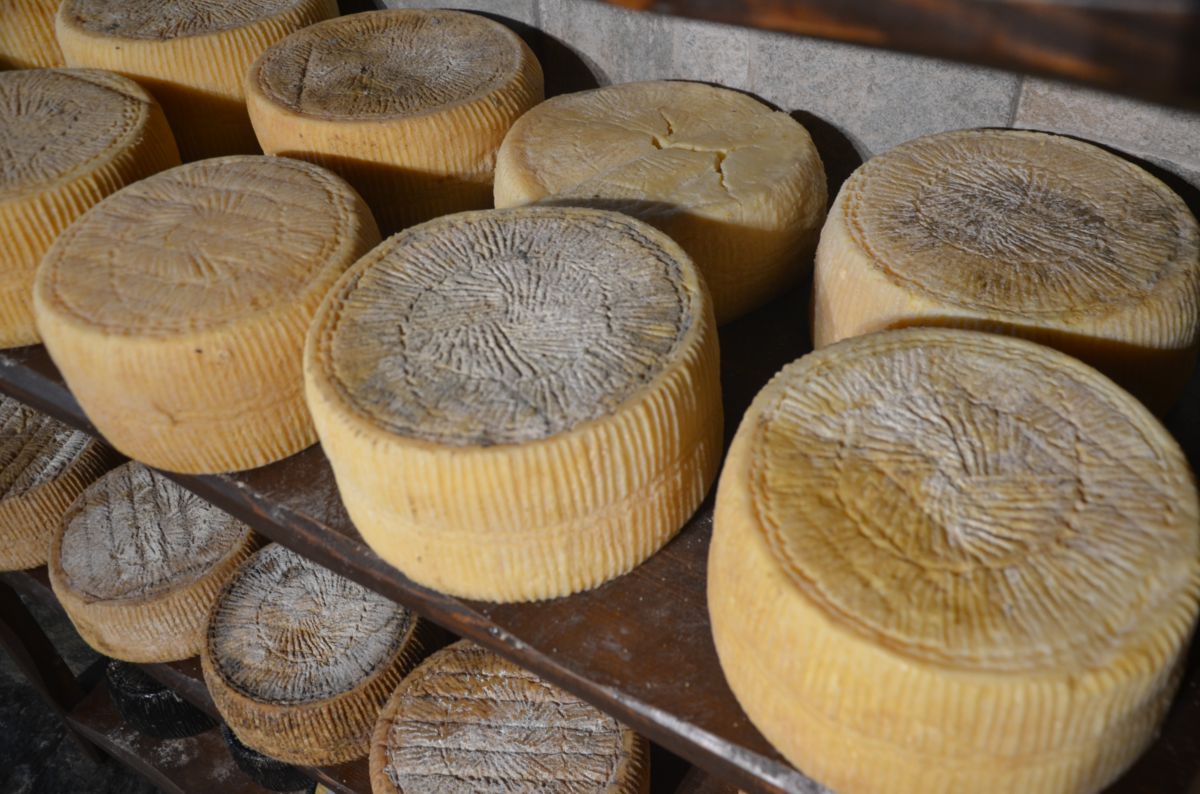
Source: www.greekgastronomyguide.gr
Citrus groves, vegetable farms, pasturelands, the olive groves of Tragea, the vineyards at the northern part of the island; the goods provided by the fertile nature of Naxos on the one hand and the produce of the farmers inhabiting the mountain villages of Filoti and Apeiranthos (calf, goats and sheep, dairy products, oil, olives, grapes, honey, citrus fruits, potatoes and other vegetables) on the other hand have formed through their longstanding presence the traditional cuisine of Naxos.
Even though Naxos is not such a large island like Crete for instance, what is most interesting is that the cuisine of Naxos did not used to be uniform. Well before there was a road network on the island to link together the villages of Naxos, the Naxian cuisine was divided into three categories. The cuisine of the coastal regions, where fish and sea food dishes prevailed; the cuisine of the plains where vegetable and cattle dishes had a leading role and were people used butter for cooking since the byres were located in the plains and, finally, the cuisine of the semi-mountainous and mountainous regions where goat and sheep dishes prevailed and where olive oil was used for cooking.
Among the products of the island, the dairy products of Naxos, the potatoes of Naxos and the kitron liqueur (a liqueur made from the leaves of citron tree) are famous and consumed throughout Greece. On the island of Naxos you can taste a long list of savoury dishes.
Μore at Greek Gastronomy Guide…
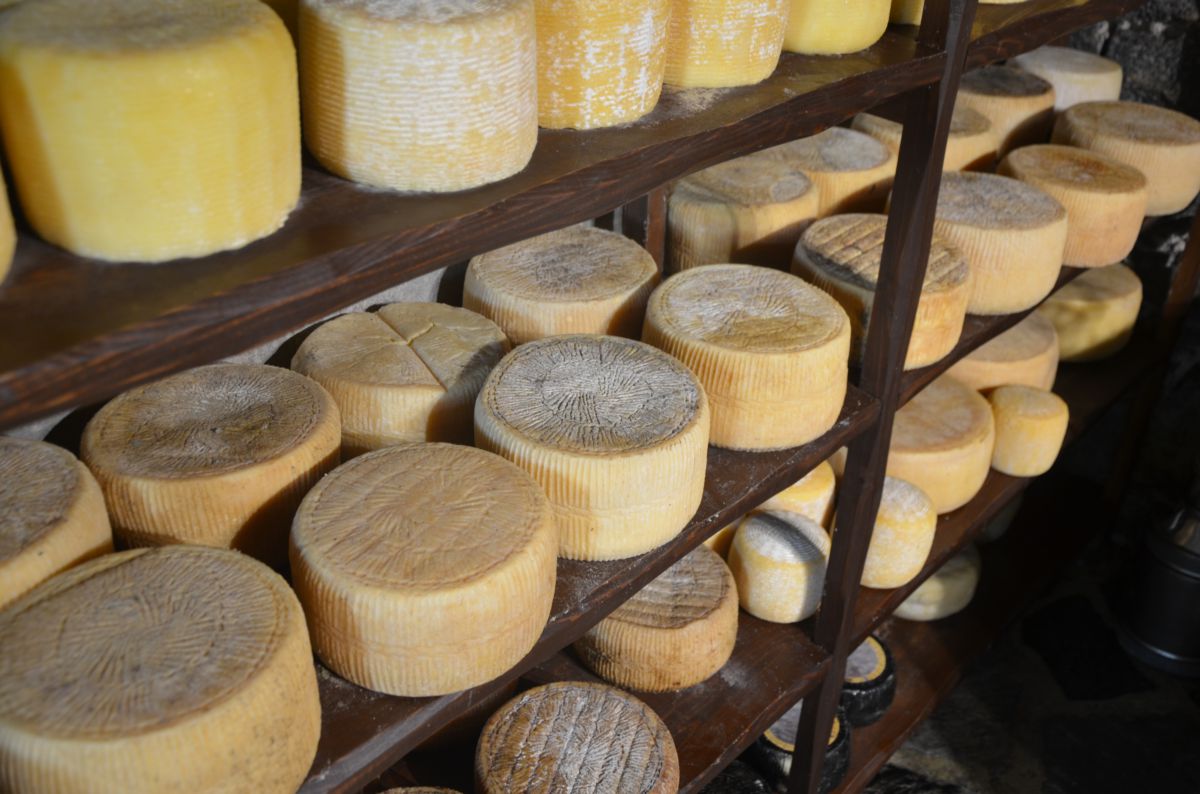
Source: www.greekgastronomyguide.gr

